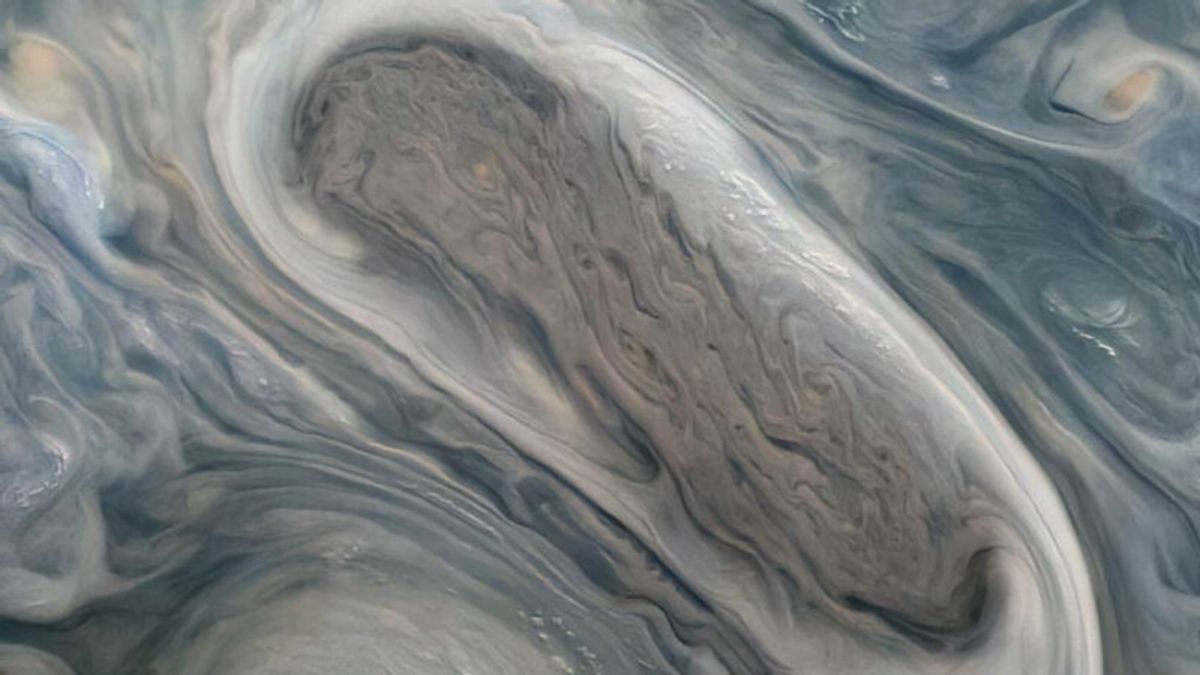JAKARTA - One of Jupiter's moons, Ganymede, turns out to have sounds and sights that we have never seen before, an amazing work of art.
The sounds and sights came from NASA's Juno spacecraft, taken on June 7th. Juno flew near Ganymede, so he managed to get his hands on this artwork of the largest planet in the Solar System.
The 50-second audio clip was created by electric and magnetic radio waves generated by the planet's magnetic field and picked up by Juno's Waves instrument, which is designed to detect these waves. NASA then proceeds to shift the collected emission frequencies into the audio range to create an audio track.
“The soundtrack is wild enough to make you feel as if you're driving as Juno sails past Ganymede for the first time in more than two decades. If you listen closely, you can hear a sudden change to higher frequencies around the midpoint of the recording, which indicates the entry of a different region in Ganymede's magnetosphere," said Juno project lead researcher Scott Bolton as quoted by Mashable, Monday, December 20. .
Furthermore, Juno's trajectory at Ganymede occurs on its 34th voyage around Jupiter and is the closest spacecraft ever to the Solar System's largest Moon.
The spacecraft managed to reach a distance of 645 miles (1,038 kilometers) from Ganymede's surface while traveling at 41,600 mph (67,000 kph).
"It's possible that the change in frequency shortly after the closest approach was due to shifting from the night side to the daytime side of Ganymede," said William Kurth, principal investigator of the Waves instrument.
Meanwhile, Juno also produced an image of Jupiter showing a close-up view of the planet's two rotating storm systems.
"You can see how beautiful Jupiter is. It really is an artist's palette. It's almost like a Van Gogh painting. You see this incredible vortex and swirling clouds of different colors," Bolton explained.
These visually stunning images are helping scientists better understand Jupiter and its many mysteries. Launched in 2011, Juno's mission aims to advance understanding of how the giant planets formed and the role they played in the creation of the Solar System.
Curious what Jupiter's moon Ganymede sounds like? Listen below.
The English, Chinese, Japanese, Arabic, and French versions are automatically generated by the AI. So there may still be inaccuracies in translating, please always see Indonesian as our main language. (system supported by DigitalSiber.id)













